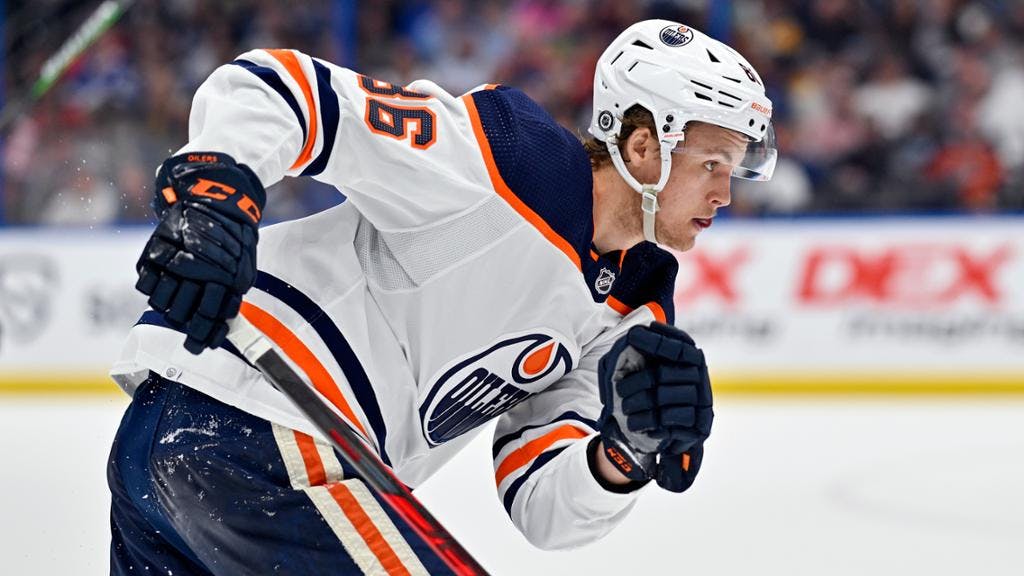NHL Notebook: Edmonton Oilers prospect Philip Broberg has two-goal performance, looking at the goaltending injuries and more
By Zach Laing
1 year ago
Keep scrolling for the next article
Breaking News
- GDB 7.0: Oilers have many areas to improve (7pm MT, SNW)
- Blues spoil potential Oilers offer sheet revenge, sign Jake Neighbours to two-year extension
- Oilers coaching staff considering changes to ice-cold power play
- Oilers Game Notes 7.0: Edmonton returns home to face Carolina
- NHL Betting Preview (Oct. 22): Oilers vs. Hurricanes Odds
